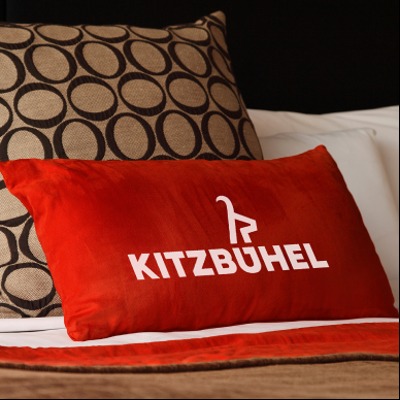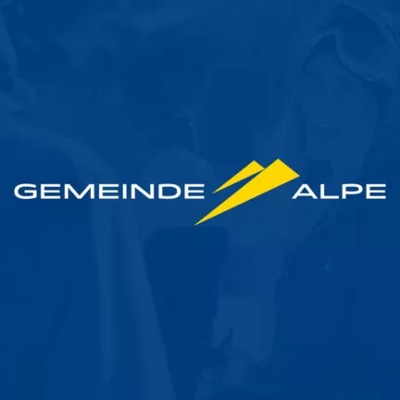Norrøna Proudly Shares 2021 Corporate Social Responsibility Roadmap Results

Norrøna, the four-season Norwegian outdoor brand known for its sustainably built, premium outerwear, shares its 2021 Corporate Social Responsibility (CSR) Roadmap results, revealing the continued positive trend toward achieving the brand’s environmental, social and corporate responsibility goals. Since 2014, the CSR roadmap, progress, results and challenges have been shared transparently with the public on an annual basis.
“Norrøna has been an industry leader since 1929, and as the 100-year anniversary approaches, we continue to track toward ambitious company goals to reduce our impact on the planet while producing innovative and high-quality outdoor products,” says director of innovation and sustainability at Norrøna, Brad Boren. “Our objective is to lead by example and hope for the outdoor and textile industries to take steps towards building forward-thinking CSR strategies and focus sustainability efforts on improving our shared planet.”
The CSR roadmap is an evolving strategy and reporting process developed as a resource for guiding internal operations, with CSR target goals divided into three categories: company, production and products.
- Company goals are related to the wellness of employees, standards at the headquarters and the company as a whole. Company targets include ensuring employees commute to work in an environmentally friendly way 75% of the time, recycling all waste at Norrøna produced by the company headquarters and contributing to 1% of Norrøna’s turnover every year to causes and organizations working to promote sustainability, and environmentally friendly initiatives. Certain targets including employee commuting and 3rd party audits were impacted due to challenges around Covid-19.
- Production goals are related to water consumption, social and environmental aspects of production, the transport of goods and emissions. A key target for Norrøna is to move production to low season to ease the stress on suppliers and workers. In 2021, the brand moved 41% of production to the low season, up from 15% in 2014. Targeting as little air freight use as possible, Norrøna set a goal to use less than 1% of air freight, achieving 1.3% in 2021. This usage was down from 1.8% in 2020.
- Product goals are focused on integrating the most environmentally friendly and highest quality fabrics on the market, utilizing as many recycled fibers as possible and only sourcing responsibly based and traceable wool, down and leather. A major initiative for Norrøna is to eliminate the use of fluorocarbons in its product and new for 2021, fibers and fluorocarbon measurements are based on weight and not the percentage of products with fibers and fluorocarbons, providing more detailed and accurate data. Last year, fluorocarbon free DWRs made up 72% of the product range, up from 11% when the brand started measuring in 2014. Utilizing as much recycled or responsibly produced plant based nylon and synthetics in Norrøna products is another major initiative for the brand. In 2021, 84% of purchased products made with nylon were made with recycled nylon, up from 2% of recycled nylon used in 2014. Finally, Norrøna aims to prolong the lifetime of older products for a more sustainable product life cycle, reporting that the brand completed 14,198 repairs in 2021, up from 5,100 repairs in 2014.
Additionally in 2021, in alignment with the CSR goals, Norrøna announced that it was the first outdoor industry brand to embed the Higg Index Sustainability Profile on its e-commerce platform using a standardized scorecard. Developed by the Sustainable Apparel Coalition (SAC), of which Norrøna is an active member, the Higg Index was created to serve as a suite of tools that enables brands, retailers, and facilities of all sizes and at every stage in their sustainability journey to accurately measure and score a company’s or product’s sustainability performance













